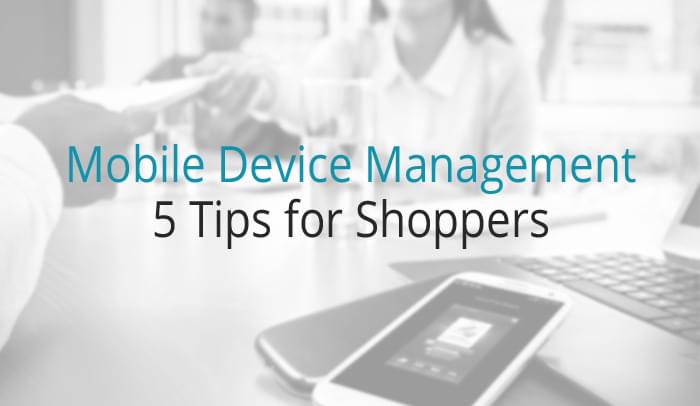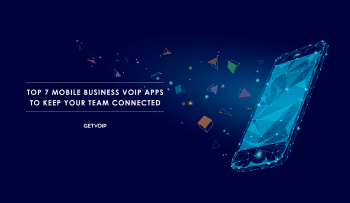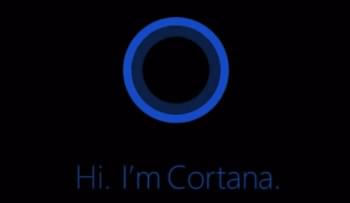The legions of smartphones and tablets that are entering the organization – those both known and unknown to IT and telecommunications managers – create a multitude of security and management challenges.
We know that. We also know that one of the main platforms to meet this challenge is mobile device management (MDM) solutions. It is a moving target, however. MDM is a deceptively simple name for a wide variety of technologies that have different goals. MDM also is constantly changing: Platforms today aren’t what they were yesterday – or will be tomorrow.
A careful overview of what experts say establishes a starting point for an organization’s research to ensure it ends up with the MDM platform that best suits its needs. Perhaps the single most important piece of advice is to see the big picture of mobile management need, according to Charlie Grieco, the Vice President of Sales for SOTI, a maker of mobile enterprise management products and platforms.
“In my conversations with the C-suite, it’s become loud and clear that the number one focus needs to be on approaching mobility and mobile device management from a holistically strategic level,” Grieco said. “All too often, a mobile solution gets deployed with no vision on ‘What’s next?’ and what the long-term, company-wide goal is. A department head will deploy a solution and pat themselves on the back. But in 12 months, the company realizes they need to expand…and that’s where mobile device management comes into play as it enables the entire company to benefit from the mobile deployment.”
Here are a few questions that managers should ask as they meet with prospective vendors:
1. Does Your Product Handle All Mobile Operating Systems?
Today, your company may officially sanction only iOS, BlackBerry or Android. In time, however, the organization almost certainly will have to enfranchise those they don’t support today. Even beyond the top tier, there are OSes will need to be supported: Microsoft’s Windows Phone is growing and even smaller niche OSes such as Canonical’s Ubuntu and the Firefox OS.
Bottom line: It pays to be ready, which means making sure that the system you deploy today can expand seamlessly to new operating systems tomorrow.
Also, your organization has little control over what employees use. This goes back to a point I made in my previous post: Employees more or less will use any device they want. The best the organization can do is be ready to support them.
2. Do You Know What You Want Your MDM Solution to Actually Do?
MDM is a constellation of services that are configured and deployed in several ways. The feedback loop – how systems report – is complex as well.
One of the valuable templates for a deep dive into MDM was written by Robert Mitchell at ComputerWorld. The article is about 10 months old, so the particulars may have changed. But it can’t be beaten as an overall guide to the important questions surrounding MDM. In all, Mitchell points to eight overall categories – with subcategories – at which to look. There are about 80 pieces of valuable information on what each of the top 11 MDM vendors offers and doesn’t offer.
Perhaps the most important high-level policy decision to be made in the world of mobile device security is segregating work from consumer content. How this is accomplished is referred to by various names, such as sandboxing and containerization. The challenge, according to Ryan Faas at CITE World, is that containers lead to dual personality devices that can reduce or even eliminate the advantages gained from allowing employees to use devices that they have customized to own liking. Faas says:
“There’s just one little problem — containerization in general, and the dual-persona solution in particular, can easily become a new version of the solution IT offered mobile professionals before terms like consumerization and BYOD became part of the corporate lexicon. That solution was to give employees a locked-down and IT-controlled BlackBerry with just the apps on it that IT deemed necessary, and let them carry their phone with them as well.”
In the broader picture, corporate planners should be deeply aware of the many available security features. Toms IT Pro points to passwords, jailbreak detection, remote wipe, remote lock, device encryption, data encryption, malware detection, VPN configuration and management, and WiFi configuration and management. The point is that a company shopping for an MDM platform must know what they need.
3. Do You Know the Best Control/Freedom Balance for Your Organization?
The bottom line, then, is that MDM must balance between high levels of security on one hand and employee desires on the other. This give and take should sound familiar to IT departments: Reaching a reasonable midway point between the two extremes is one of the constant challenges that organizations face in the age of mobility.
4. Can You See the Future? Well, You Kinda Have To.
As with all quickly changing technology platforms, the precise boundaries between various techniques that have the same overall goals — securing and managing mobile devices and the data they carry – are a bit fuzzy. Other approaches complement MDM. The names are a good indicator of their focus. Roger Bjork, in a Dell-sponsored piece at CIO, points to mobile applications management (MAM), mobile content management (MCM), data loss protection (DLP) and identity and access management (IAM).
Enterprise researchers must understand how each of these works, whether or not they can be managed as a group and which is most important to them.
5. Is the Cloud Right For You?
Having a good platform with the features that the company feels is valuable is a great start. The other side of the coin is the need to be able to deploy and manage the system. The organization must look at its skillset realistically: Does it have people on staff who can do the job, or must expertise be brought in? Midsize and smaller companies may be better served by cloud providers. The advantages are clear: Reduced CAPEX and access to dedicated staff. The tradeoff is a loss of control.
Mobile device management is a complex and vital category. It is changing as time goes on. The first step to finding the best platform is simple: Study what products are available and what is likely to happen in the near- and long-term future.
 About the author:
About the author:
Carl Weinschenk is an IT and telecommunications reporter. On a contract basis, he is the Senior Editor of Broadband Technology Report and a contributing editor to IT Business Edge. He also runs The Daily Music Break, a music website.








